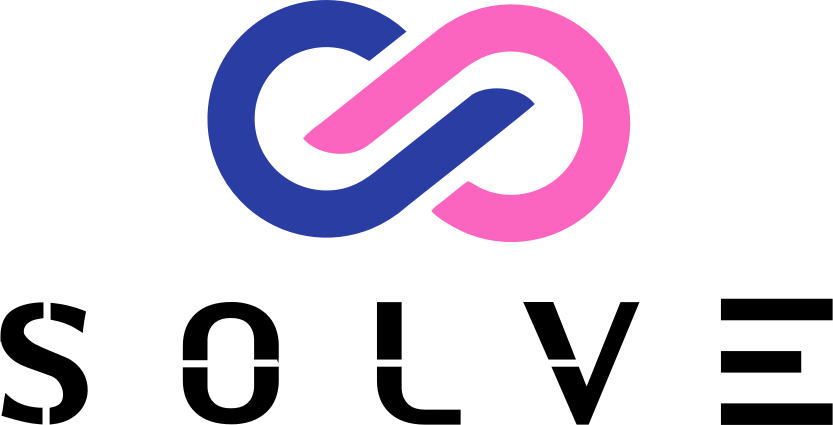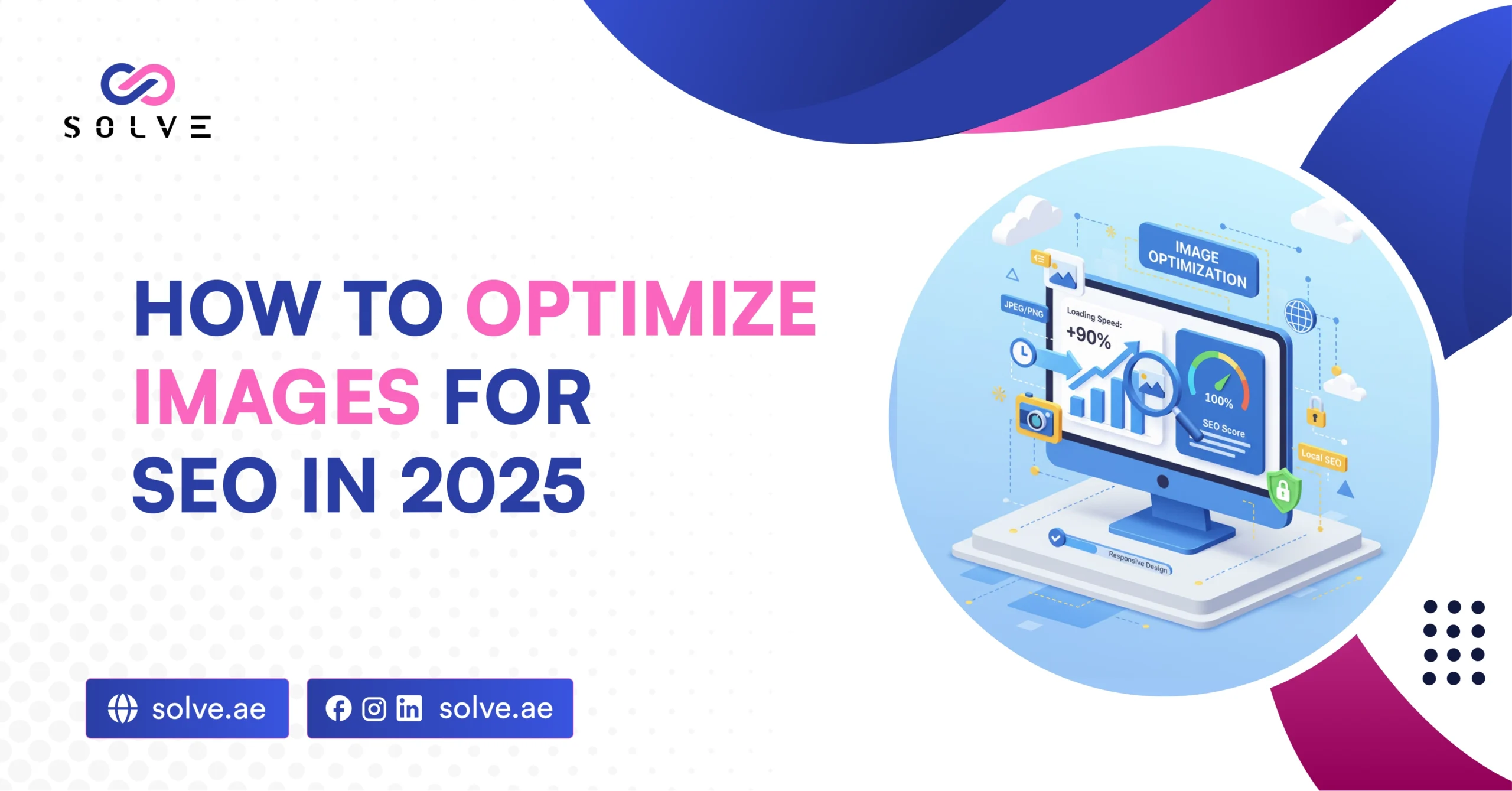- By Vanshika Choudhary
- September 27, 2025
In 2025, Google will become much more visual-first in its indexing. Search engines not only read your text but also check how the visuals complement the user experience. A business in the UAE that optimizes for fast-loading, contextually relevant images has a higher chance of standing tall in both local and global searches.
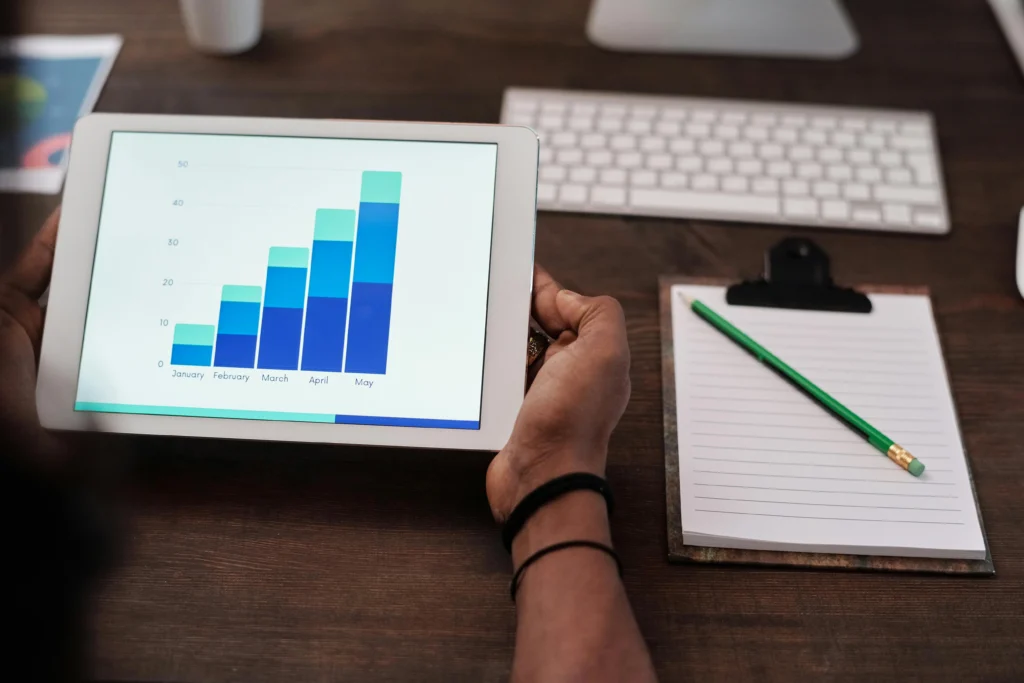
The images not only bring rankings but also enhance accessibility, generate more time on-page, and enable multilingual interaction. Since the UAE audience browses in Arabic and English, and more so on mobile, there is no longer image SEO as an option but instead a requirement for digital visibility.
What Is Image SEO and Why Is It Important?
Image SEO is an important part of SEO to rank your content better on search engines; it includes various factors such as mobile-first indexing, bilingual needs, and cultural relevance, which help users rank higher with good performance.
Mobile-first indexing
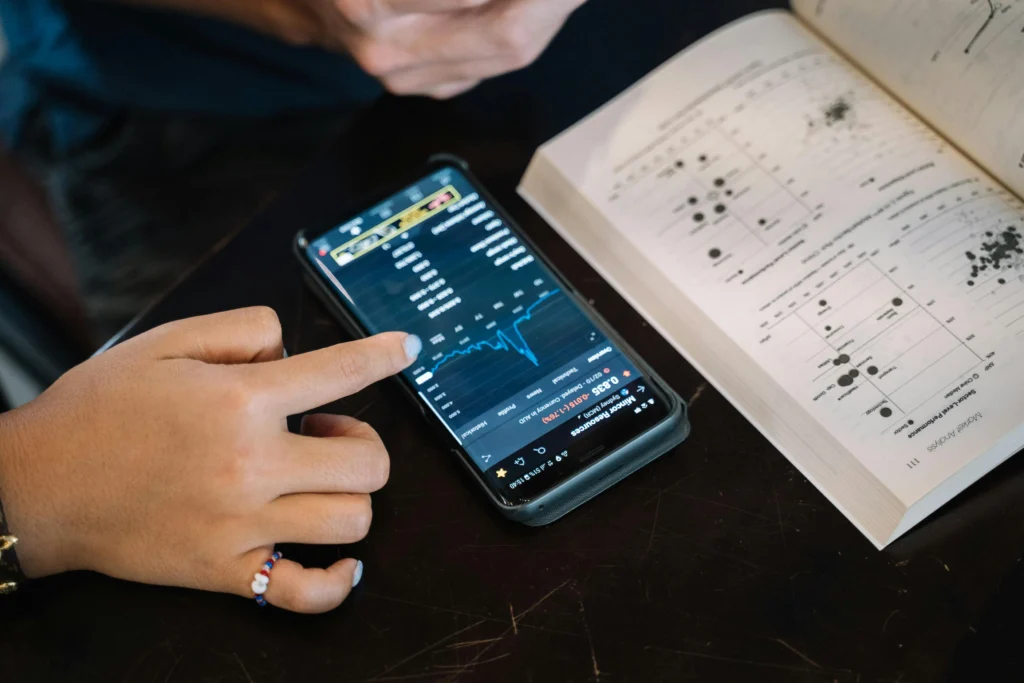
Google now considers the mobile version of your website for page ranking. Since most users in the UAE browse the web on their smartphones, ensuring their images load fast and are responsive to these devices is the key to maintaining rankings.
Bilingual Needs
The UAE is a melting pot of cultures; thus, your site must be able to communicate equally well with Arabic and English speakers. Alt text and captions written in both languages make the website inclusive and also assist search engines in establishing the relevance of your visuals for different audiences. This, in turn, improves discoverability while building the trust of local users.
Cultural Relevance
Images that make sense to the local culture and its values perform much better than generic stock photos. For instance, images of Dubai landmarks, UAE-based businesses, and modest fashion all would appeal to the local tastes. Search engines also encourage websites to showcase pertinent and authentic images, as they increase user engagement and provide them with an authority signal.
Alt-Text Tips for 2025: Writing for Bots and Humans
Next, writing image alt text is important; with that, it is equally important to understand the formatting of written text. The following are the factors that work best with writing good and compelling alt text.
Descriptive Clarity
The alt text should serve as a clear description of the image in natural language. A simple number or an alphabet seldom means anything to a search engine or a visually impaired user. Say “Burj Khalifa skyline at night” instead of something meaningless like “image123.” This will present a clear image to the search engine and visually challenged persons about what they are seeing.
Use of Keywords
If you incorporate keywords in alt text in their natural form, it will enable search engines to locate your images easily. For example, an alt tag reading “SEO consultant in Dubai presenting strategy” is better than stuffing it with keywords like “SEO Dubai UAE SEO service.” The goal is to balance relevance with readability.
Accessibility and Trust
Search engines will increasingly reward sites that are accessible to all users. Alt text allows the visually impaired visitor to interact with the content, thereby enhancing the EEAT signals (Expertise, Authority, Trustworthiness) of your site. A site that is accessible is immediately perceived as more credible and user-centric by Google.
Image Compressors Which Truly Work
Why Compression Matters
Among the largest causes of slow website loading, bulky image files are especially dreaded. And since 2025, going slow has become an even harder drawback for sites, acutely borne by the Google ranking algorithm. Such hefty images weigh LCP value, which, as a Core Web Vitals metric, measures the speed at which the first impression of a webpage grabs the user. If your images are not compressed, a visitor in the UAE browsing on often slow mobile networks may abandon your site before it fully loads.
Compression, very simply, is the process of controlling the size of an image. This, however, ensures a lightweight page, which improves user experience and fast-tracks the search engine in marking your site as speedy and trustworthy. The good news is, you do not need to be tech-savvy to compress pictures; multiple tools make it a simple task, even for beginners!
Recommended Tools for 2025
-
TinyPNG

If we talk about image compressors, TinyPNG ranks among the top online tools. Seemingly, the tool handles more than just PNG files; it is also capable of working on JPEG files. The tool applies smart lossy compression techniques to reduce the size of the images without a detectable loss of quality. Such things are a great help for the Dubai- or Abu Dhabi-based e-commerce website, where product images need to remain sharp but load instantly.
That drag-and-drop interface is a great thing about TinyPNG. The free account gets you a limited number each day, while the pro version is very likely to remain affordable for businesses that need to deal with an enormous number of images daily. For the beginner, it is a good platform to quickly optimize without any technical hands-on experience.
-
ShortPixel
 From the perspective of WordPress users, ShortPixel is extremely powerful, which is why it is one of the very few tools used by small and medium businesses across the UAE. Instead of compressing one image at a time, you install the ShortPixel plugin and have it automatically compress every image that’s been uploaded to your site. It saves a ton of time, and it makes sure all of your visuals always get optimized in sync.
From the perspective of WordPress users, ShortPixel is extremely powerful, which is why it is one of the very few tools used by small and medium businesses across the UAE. Instead of compressing one image at a time, you install the ShortPixel plugin and have it automatically compress every image that’s been uploaded to your site. It saves a ton of time, and it makes sure all of your visuals always get optimized in sync.
-
Squoosh
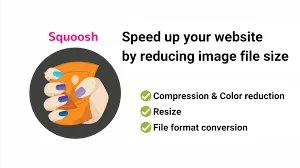 With an SEO and performance-centric set of developers behind it, this free browser tool is from Google developers. Rather than working silently in the background, Squoosh allows you to compare your images visually, pre- and post-optimization. Moving the slider lets you easily choose your level of compression, hence deciding for yourself if speed or clarity is paramount.
With an SEO and performance-centric set of developers behind it, this free browser tool is from Google developers. Rather than working silently in the background, Squoosh allows you to compare your images visually, pre- and post-optimization. Moving the slider lets you easily choose your level of compression, hence deciding for yourself if speed or clarity is paramount.
For any business in the UAE, Squoosh is a go-to program when you want to quickly get images ready for blogs and presentations or the very next advertisement on social media. Drag an image and drop it into the app, compress it, and download the optimized image. For those with little knowledge of SEO, they provide a much easier understanding of compression through side-by-side visual comparison.
-
ImageOptim for Mac Users
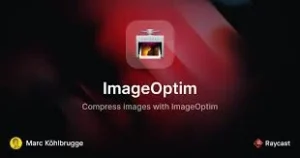 If you are looking for something that will fit in with your Mac setup, ImageOptim is recommended. It is especially so for designers, developers, or agencies dealing with huge image libraries. Unlike online tools that work within the browser, ImageOptim is a desktop application that can optimize multiple images simultaneously, without the need for a network connection. This makes it obviously faster and secure, given that many businesses in this type of deal with sensitive visuals.
If you are looking for something that will fit in with your Mac setup, ImageOptim is recommended. It is especially so for designers, developers, or agencies dealing with huge image libraries. Unlike online tools that work within the browser, ImageOptim is a desktop application that can optimize multiple images simultaneously, without the need for a network connection. This makes it obviously faster and secure, given that many businesses in this type of deal with sensitive visuals.
A major consideration when talking about ImageOptim is its ability to strip out metadata that is not beneficial to an image file, such as GPS location, EXIF camera details, or unused color profiles. The drag-and-drop interface will appeal to all users, but beneath that, it contains optimization capabilities at a professional level.
UAE Hosting Considerations
Even the most optimized files will be delivered inefficiently without a CDN. Hence comes the integration with CDN and server-side optimization. What a CDN does is cache and deliver the compressed images from the closest server to the visitor. E.g., suppose a user in Sharjah accesses a Dubai-based website.
Compression tools like TinyPNG or ShortPixel, combined with a reliable CDN, will allow UAE businesses to have the maximum performance and get better Core Web Vitals scores while providing a seamless experience across both mobile and desktop.
File Names, Formats, and Structure Data
Search Engine-Friendly File Names
Photographs of type IMG_002.jpg, for instance, provide no value to search engines. Instead, give them descriptive names with keywords relevant to the image you want to be searched for, e.g., dubai-mall-shopping-center.webp. Such file names help Google understand the context of an image and increase the possibility of the image appearing inside image search results.
Selecting the Appropriate Format
The WebP format wins the day among all formats in 2025 because it gives the best balance between quality and smaller file sizes. JPEG is still preferred for high-detail photos, and PNG is still best for transparent images such as logos. Elevating image format thus sustains speedy loads and fast visual rendering.
Structured Data for Images
Adding ImageObject schema markup allows Google to show your images as rich results and featured snippets. This structured data increases the chances of being spotlighted by Google Images hub, which provides an enhanced view and authority to UAE businesses.
Common Inadvertences to Stymie Image SEO
Keyword Stuffing in Alt Text
People in business commonly attempt to get SEO boosted by stuffing as many keywords as they can into alt text. Typically, this would make alt descriptions nonsensical and also bring negative ranking. For example, right there with “SEO Dubai, SEO UAE, SEO services Dubai UAE” does not make sense and looks spammy.
Instead, focus on clarity. An alt text like “SEO consultant in Dubai explaining strategies on a presentation board” describes the purpose of the image while naturally incorporating a keyword. Google’s 2025 algorithms will be more than capable of distinguishing between value additions and rank manipulation.
Heavy Dolling of Stock Images
Stock images are fairly cheap to obtain. But using too many stock images, especially without a hint of customization, hurts your brand’s credibility. If ten UAE websites had the ebony generic “business handshake” picture, none would stand out, and users would start distrusting your content. Moreover, search engines will view stock-heavy pages as inferior compared to unique, original ones.
Step number one: personalize your visuals. Apply elements of your brand identity like logos, colors, or text overlays over stock photos. Ideally, custom photography is the way to go, showcasing local UAE culture, the inner workings of a workplace, or just real-life events. Genuine images not only increase SEO but also help in forming emotional bonds with the readers.
Ignoring Image Load Speed on Mobile
With users browsing over 95% by mobile in the UAE, mobile image optimization is still overlooked in many sectors. These heavy images might load well on desktops sitting on Wi-Fi, but on mobile data, they take a good 8-10 seconds, a time during which users are lost, even before the site interaction begins. Google uses these rapid exits as a detrimental signal and ranks your page lower.
The solution for this is to compress, convert images to newer formats like WebP, and lazy load the images so that they load only once the user scrolls down to them. This keeps the data consumption in check, ensures faster browsing, and keeps the mobile visitor engaged.
Refusing to Update Old Contents
Most of the time, businesses consider new blog posts or landing pages worthy of their attention while still allowing their older content to contribute toward SEO performance. If your older pages still contain JPEGs that have not been optimized or PNGs that are uncompressed, you are dragging down your overall site speed. Even worse, those images may not be optimized with the alt text to promote ranking in Google Images.
Regular audits would have fixed this. Revisit older blogs; update the file name, replace the heavy format with WebP, and rewrite the alt text in line with modern standards. This refresh will only help page speed, which, in turn, makes it a case for Google to recrawl and rerank your content for the whole site’s visibility.
A Case Study of Image SEO Success for a Company in the UAE
An example should help show us image optimization’s power, and that would be a success story about a fashion retailer located in Dubai working with Solve.ae to raise its online presence.
The Challenge
The client had a usable website but faced slow load times and poor mobile performance. Most images of the clothing collections were not compressed, descriptions were not included as alt texts, and the banners used generic stock images. The bounce rate climbed because of it, keeping organic search traffic flat.
The Solution
Solve.ae performed an exhaustive image SEO audit. The very first step was to compress the product images using ShortPixel to strike a balance between quality and size. Secondly, aging JPEG files were converted to WebP, cutting down the page size drastically. Finally, bilingual alt text was added to all product photos in English and Arabic, suitable for the multilingual audience in the UAE.
The Results
Within three months, the outcomes were quite impressive
Page speed improved by 40%, especially for mobile users.
Organic traffic got bumped up by 25%; many images started ranking in Google Images.
Customers would spend more time searching for collections, thus increasing engagement by 18%.
The brand gained more credibility; buyers said that the site “felt more authentic and professional.”
This is the kind of case that proves proper image SEO doesn’t just benefit the search engines; it enhances the overall user experience—and that means more trust, more solid engagement, and more conversions.
Building Your Image SEO Strategy for Tomorrow
An SEO competitor seal comes from the optimization of the images. From writing bilingual alt text to compressing files using the right tools, every improvement makes your site faster, more inclusive, and more trustworthy. In one way, the Greater Emirates are now witnessing a rapid, digital competition where image SEO is a language sign payment to compete in a variety of language groups.
However, this is just the tip of the iceberg. AI-driven search will make way for visual-first indexing and voice-activated browsing, with every emerging change providing businesses with another chance to get ahead.
The aim in Solve.ae is not just to fix your images and make them SEO-friendly but to help you develop a bright digital strategy that displays expertise, authority, and trust. Ready to take your website visuals to the next level? Contact Solve. Today, for a customized SEO audit.
